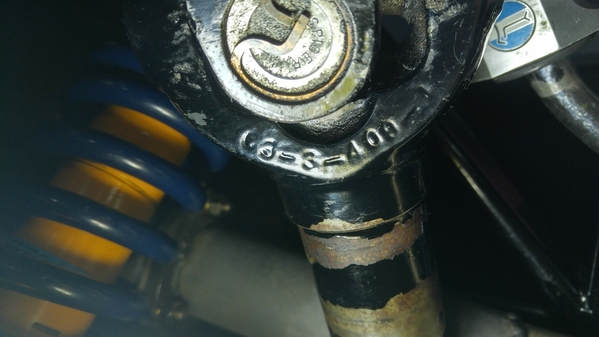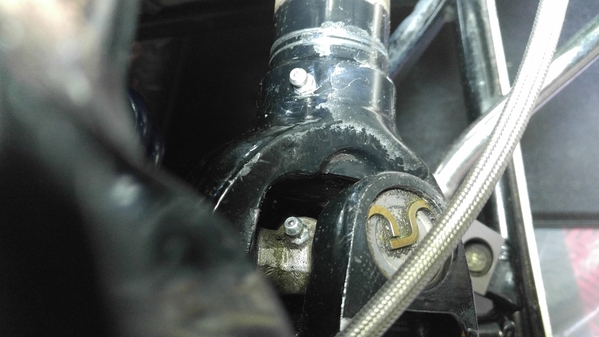quote:
Originally posted by LF - TP 2511:
My Spicer half shafts are fitted with a Zerk fitting to allow the internal splines to be properly greased.
My question is how much grease is proper?
In order for grease to actually overflow into the spline area there is a very large void near the zerk fitting that would first have to be completely filled.
Previously I've always applied generous amounts of grease to the male and female splines but I am now wondering if I should hook up the grease gun to that zerk fitting and fill the entire void and shaft area.
What does the collective wisdom have to offer?
Larry
I don't know about "collective wisdom", seemingly I personally fill the half shafts till the grease has completely filled any & all voids ( voids are BAD, as they can collect moisture) & the grease can be visibly seen exiting.
I would state with a very HIGH degree of certainty & reassurance that 99.7777777352% of problems occur due to "lack of grease" vs "an abundance of grease".
In addition, insert enough NEW grease till you visibly see ALL the old grease exiting & the NEW grease appearing.
"1" trick I use is to alternate the color of the lubrication grease...use for example black, then subsequently red...thus you know when ALL the OLD black grease is removed as evidenced by the visual emergence of the NEW red grease...Mark





